New Google Tool Tests Your Page for Calls to Action

Google Labs has a new tool that will show the portions of your Web page most visible by the average user. Browser Size overlays a map of sorts, showing percentages of typical users and what they will see on your page when arriving (images below.) The data is gathered from all visits to Google's home page, so we are working with a large sample.
So what will Browser Size tell you? It provides a nice snapshot so you can see if the most important parts of your page - calls to action - are being seen immediately by the average Web surfer. This might include a sign-up form, purchase button, contact link - whatever it is you want to stand out most. The page is also live, which allows us to see how current content or advertisements (expandable or overlay ads) are affecting the visible portion of the page.
There are some caveats that should be understood. From Google:
- The sizes represented in this contour are client area sizes, not browser window sizes. This means they represent the size of the browser without the title bar, toolbars, status bars, etc., and thus give a true representation of how much content can be seen by a particular segment of the Web-using population.
- Browser Size works best on web pages with a fixed layout aligned to the left. If the content reflows as the width is adjusted or it is centered, then the results can be misleading. In this case, you can obtain more accurate results by reducing the browser width to a percentage column, e.g. 90% and seeing what content falls below the 90% horizontal line.
At the very least, this serves as a good reminder to carefully consider the placement of your most important calls to action. We decided to test it ourselves with our own website, WebsiteMagazine.com.
Below, you can see the most important elements of our website are visible by just about all Web browsers.
- We want people to subscribe, advertise and read our content - all of which are within the 98 percent region of accessibility.
- We feature an overlay ad ('More Ideas More Often') for professional-level subscriptions and it appears to be visible to at least 90 percent of visitors.
- One area that might need to be adjusted is the invitation to view digital issues of the magazine. That section is falling into the 70 percent and below region, at bottom-right.
Browser Size also has me thinking about two other elements of Web page design:
The search bar is almost always top-right on websites. Is it possible that we could see more searches, more page views and greater engagement by ensuring the search bar is visible immediately to all users? (Ours falls in the 70 percent and below range).
Minimalist designs seem to be the flavor of the week, particularly with publishers. Take a look at the LA Times' website below. Using Browser Size, it shows that a huge amount of the site's content is not immediately visible to the average user. Will this result in greater exploration of the site, or perhaps abandonment? I'm not sure, but it's something to think about. Simple is good, but we're also dealing with short attention spans on the Web.
WebsiteMagazine.com

LaTimes.com


Subscribe to Our Newsletter!
Latest in Marketing








